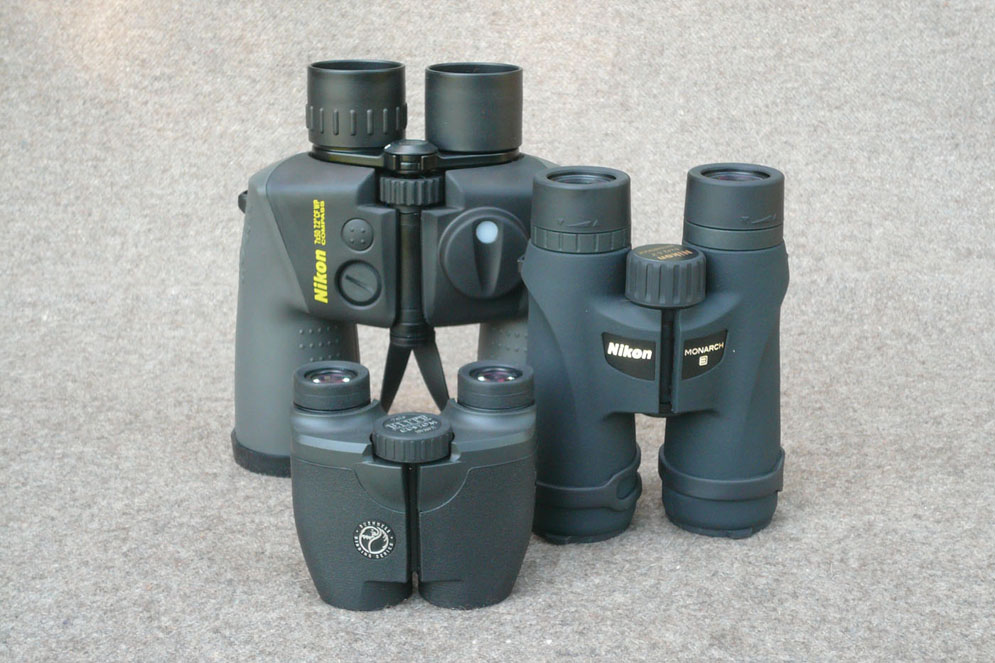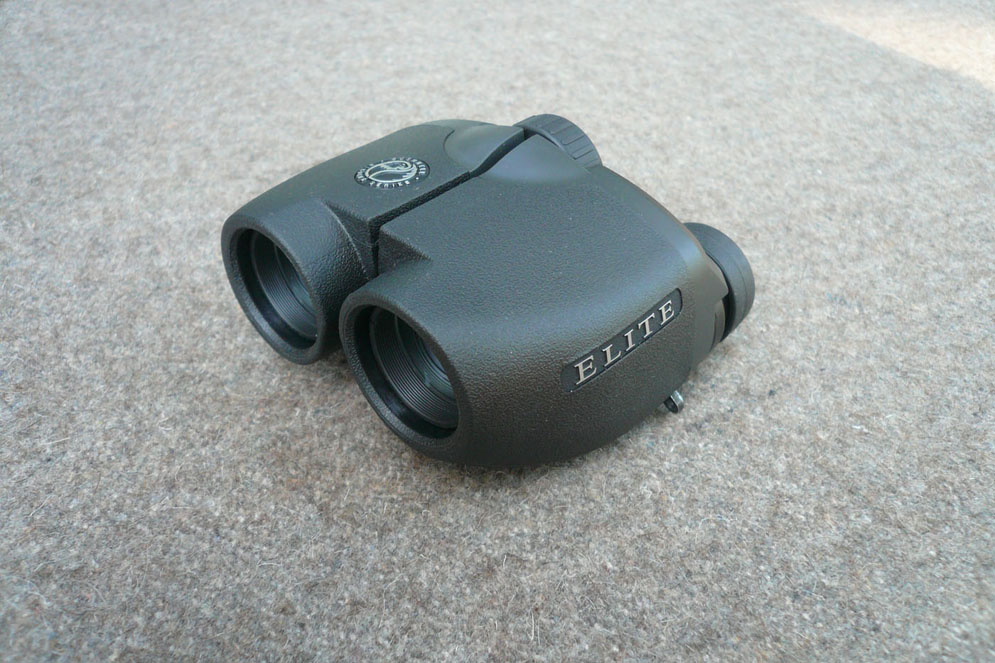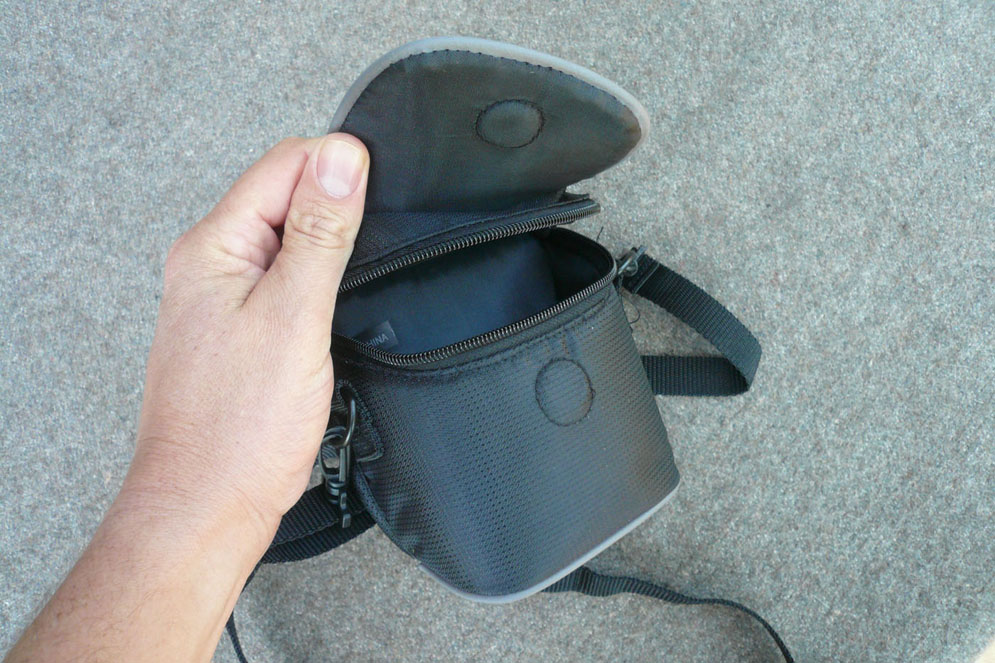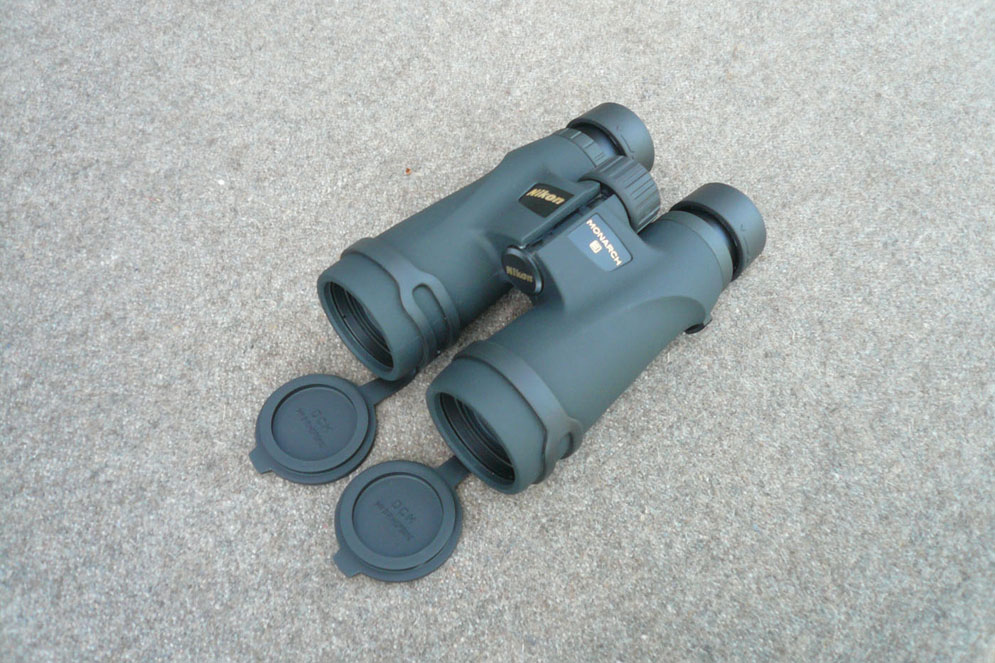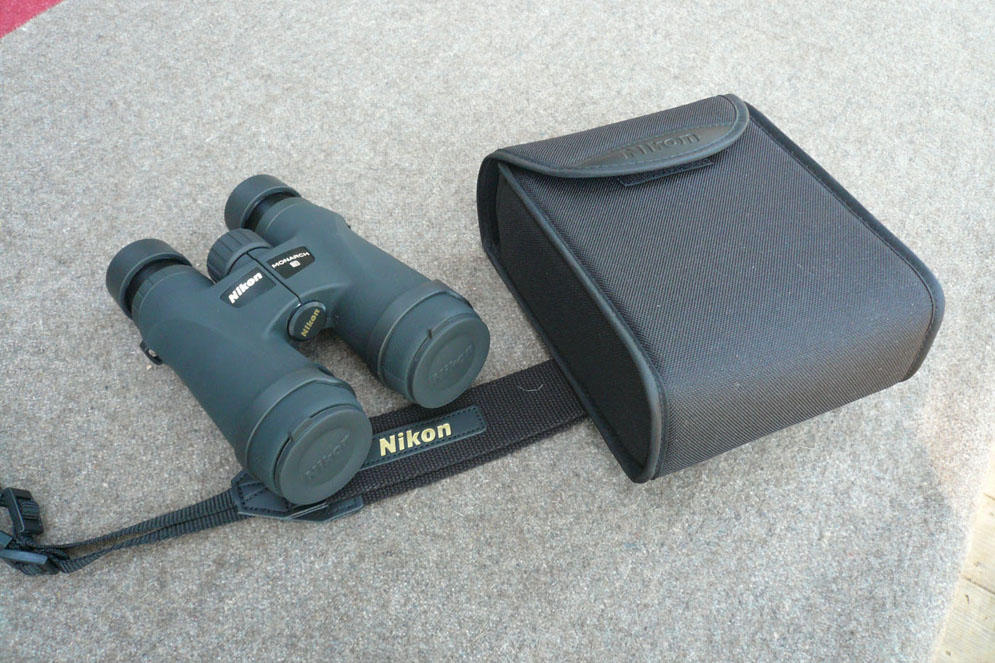via West County Explorers Club: While planning for our Southwest trip, I asked my girlfriend, Natalie, if there was any gear she wanted to add to our camping list. She asked for a pair of binoculars for the truck, so I ordered a few to compare: the compact Bushnell Elite Custom Compact (7×26), the midsized Nikon Monarch 3 (8×42), and the full-size Nikon OceanPro, with built in compass (7×50).
You may already know that on a pair of 7×35 binoculars 7 indicates the magnification power and 35 is the diameter, in millimeters, of the objective lenses (the ones on far end). The larger the objective lenses, the more light the binoculars can take in.
If you divide 35 by 7 (objective lens size / magnification power), you ll determine the size of the exit pupil. The larger the exit pupil, the brighter the image and the better the low-light performance. In this example the exit pupil is 5mm.
Also, the higher the price, the better the optics. I m testing mid-range binoculars in this review. They all fall in the $200 $300 range.
All of the binoculars in this comparison have multi-coated lenses, which reduce reflection and glare on the lenses thereby improving image quality.
-
Bushnell Elite Custom Compact
- Power and lens size: 7×26
- Field of view at 1000 yds.: 363 ft.
- Exit pupil: 3.7mm
- Dimensions: 2″ x 4″ x 3-1/2″ (height x width x depth)
- Weight: 13-1/2 ounces
- Price: $250
Let’s start with the smallest in the group. An article from the Cornell Lab of Ornithology rates these Bushnells as one of the best compact binoculars for birding. I too was impressed by them. Their size and shape makes them feel like an extension of ones hands. The focusing ring is devoid of play and as smooth as butter.
Images appear surprisingly bright and luminous despite the smaller objective lenses. Over longer distances (about 100 yards) pincushion distortion is noticeable around the edge of the image. Scanning a stand of pines on our Lake Sonoma trip, for example, I noticed that the tops of the trees appeared to bend towards the outside of the frame as they left the center of my field of view.
Despite this shortcoming I like them. They re so light, so compact, feel great in my hands, are easy to hold steadily, and provide a bright, clear image.
They were designed to be rugged and water resistant and simple. There are no lens caps on the objective lenses and the eyepiece lens caps come off and fit easily in a pocket. The twist-out eye cups are easy to use and they come with a very nice case featuring its own strap, a cover that closes with magnet (for easy access) or a zipper (for a more secure closure).
- Power and lens size: 8×42
- Field of view at 1000 yds.: 330 ft.
- Exit pupil: 5.3mm
- Dimensions: 2-1/4″ x 5-1/8″ x 6-1/4″ (height x width x depth)
- Weight: 1 lb, 10 ounces
- Price: $244
Nikon Monarch 3
These Nikons are the nicest midsized, midrange binoculars I could find. Although they don t have the same magic fit as the Bushnells, their rubberized, textured barrels do provide a good, solid, satisfying grip. They re light enough for one-handed operation and, here too, the focusing ring is as smooth as butter with absolutely no slop.
The bright, clear image, provides crisp detail, even when looking in the shadows. The slightly more powerful optics bring distant scenes that much closer. This additional lens power comes at the expense of reduced long-range stability. We had these with us on our Southwest trip and, looking at an ancient Navajo cliff dwelling 500 or 600 yards across Canyon de Chelly, I had to steady the binoculars on railing so I could make out what I was seeing. I think this a fair trade off though, given the image quality and the ability of these binoculars to reveal distant details.
I did notice slight pincushion distortion when looking over longer distances but it really was slight.
These binoculars utilize twist-out eye cups with 3 different eye-relief settings (a benefit to those with glasses). The rubber lens caps flip down and hang from the front of the binoculars when not in use. They also have the slightly annoying tendency to flip down on their own when binoculars are carried by the strap, over one shoulder. The eye cup lens cap is one-piece, plastic arrangement that can be attached to the neck strap. I often found it twisted around the neck strap. OK, the lens caps won t go missing but the set up isn t without its irks. The strap is basic as is the case and its Velcro closure. These binoculars are fully water-and-fog-proof.
The bright, clear image and smooth focusing ring are a real pleasure.
- Power and lens size: 7×50
- Field of view at 1000 yds.: 378 ft.
- Exit pupil: 7.1mm
- Dimensions: 3″ x 7-1/2″ x 7-5/8″ (height x width x depth)
- Weight: 2 lbs, 8-1/8 ounces
- Price: $299
Nikon OceanPro Compass
These are the big boys. They have the biggest lenses, the widest field of view, and they re the heaviest, tipping the scales at about three times the weight of the compact Bushnells. These binoculars also sport rubberized barrels but without the pleasing texture of the Monarchs. Using them requires a wide, two-handed grip they feel like they wouldn t be out of place on the bridge of a battleship. These are not binoculars to be cradled gently in the palms. On the down side, the focusing ring not smooth. It s tight with a bit of play. On a hot day, with a bit of sweat on my fingers, I really had to dig into the ridges on the ring to make it turn. And, after month out of the box, they still smell like outgassing rubber.
Image quality is very good, however, providing a bright, wide field of view, even in the shadows, with only slight edge distortion at about 200 yards. The image quality between these and the Monarchs is close. In my opinion though, the Monarchs have the edge in brightness and clarity despite the OceanPros bigger optics and wider field of view.
The compass is a bonus. Its operation is smooth, steady, and accurate to one degree. Vertical and horizontal scales within the viewfinder make it easy to gauge height or distance, if either variable is known, or to hone in exactly on a bearing. Triangulate from three bearings and estimate your position. By day, the compass indicator is lit by the sun. At night, the press of a button illuminates the dial in red.
The eye cups on these binoculars are fixed. Included in the kit is a bright, yellow, unsinkable neck strap and a basic case with a Velcro closure. These binoculars are fully water-and-fog-proof
Conclusions
These are all good binoculars. After spending some time with them though, some differences have emerged. Here are my impressions.
Bushnell Compact
I have to say the brightest image, in strong light at least, came from the Bushnells. It doesn’t make sense in terms of the numbers but the quality of the optics must make the difference. The fit and feel is fantastic. They re easy to hold steady, are light and rugged enough to throw in a bag, and come with a very nice, accessible case. The case carries easily with the shoulder strap or on a belt. The distortion, however, is noticeable for objects further than about 100 yards away.
Best for: backpacking, hiking, bird watching, shorter range viewing
Nikon Monarch 3
An excellent buy. They operate just as smoothly as the Bushnells and, though bigger, are still light enough to use with one hand. At dawn or dusk, they outshine the Bushnells for image quality. Low distortion. These are the best all-rounders of the group, I think.
Best for: picking out details in the distance, dawn/dust viewing, all-round quality, a great balance of size, weight and performance
Nikon OceanPro Compass
Their size and heft bias them toward truck or boat-based viewing. Not as smooth operating as the other two binoculars in the group. Also come into their own in dim light. The field of view is wider than the Nikon Monarchs. The compass is a handy feature for navigation.
Best for: scanning large areas, navigation, vehicle-based viewing
Hope you enjoyed the review.


